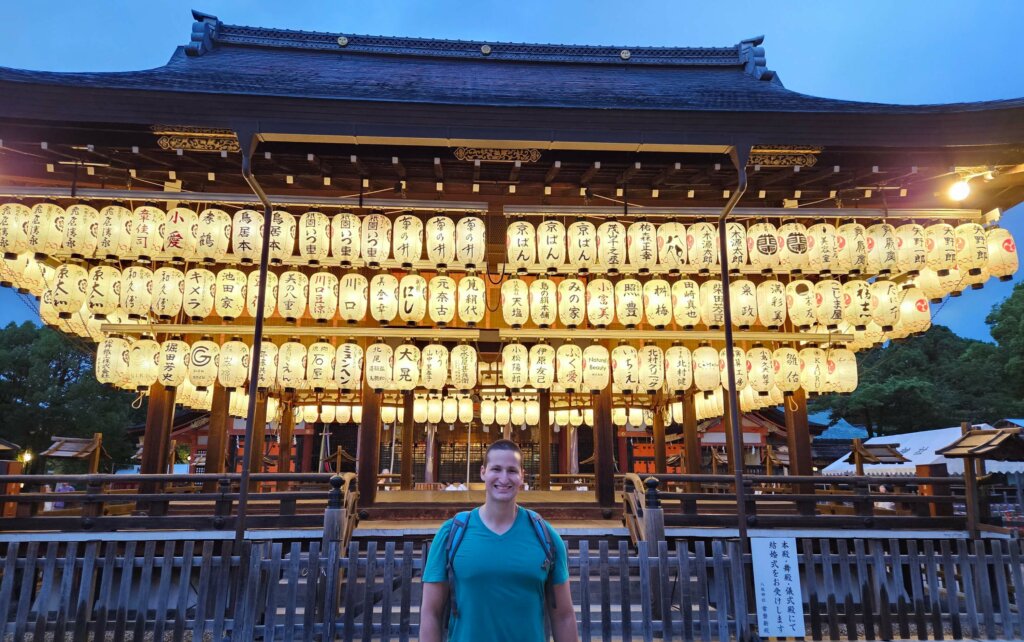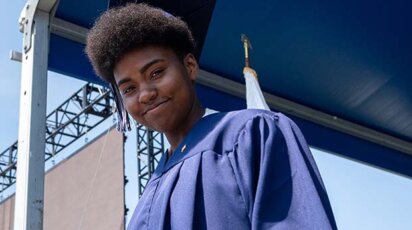News
Poly Faculty Are Lifelong Learners
Poly’s faculty are not only dedicated teachers, but also lifelong learners. While others may use the summer to relax and hit the beach, our teachers may have done that, but also took the time to enhance their skills, learn new ways of teaching, take courses in their areas of expertise, or travel to immerse themselves in another culture. Poly supports these experiences financially through Annual Giving donations and our students benefit as their teachers share these experiences in the classroom.
Michal Hershkovitz P’16, ’18, Assistant Head of School, Academics said, “Faculty are dedicated learners, lifelong students. Our ability to support their love of learning during the summer months is critical to their well-being and redounds to the benefit of students and the school more generally. We are so fortunate to be able to award both curriculum development grants (which enable faculty to create new courses or update existing ones) and more general professional development grants, awarded for a range of activities, conferences, and travel, which expand teachers’ understanding of their disciplines, our society, and themselves. Taken together, these awards enrich our faculty and by extension, the experiences of our students in their classrooms and beyond.”
About 30 Lower School, Middle School, and Upper School faculty took part in professional or curriculum development this summer. The topics of their study ranged from classes in math, writing, Japanese, and the textile arts to study travel across the U.S. and to Argentina and Uruguay.
Laura Coppola ’95, P’29, P’35
The Charles ’52 and Valerie Diker Chair of Visual Arts
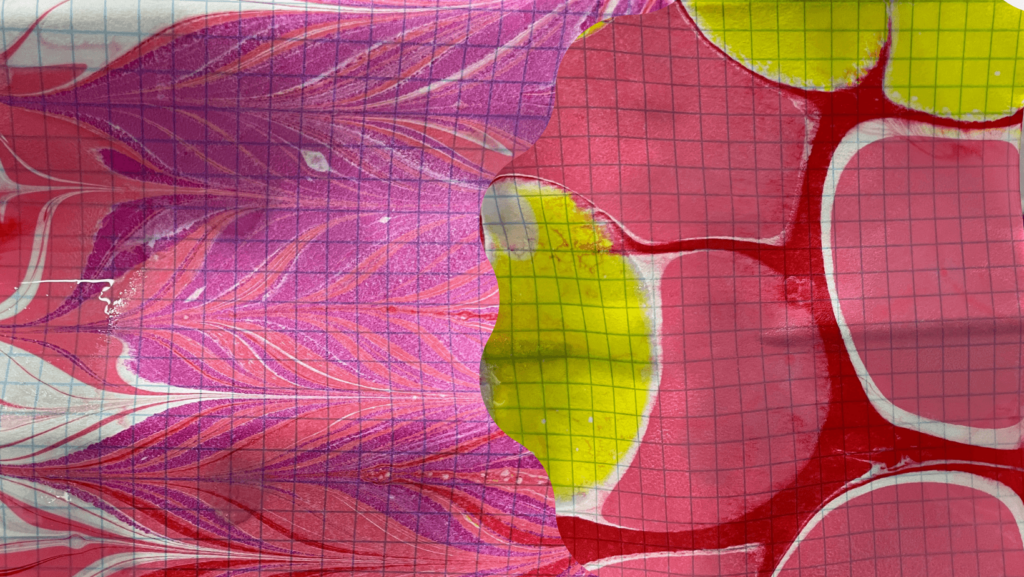
“We tested our ideas and techniques on paper first and then explored further with cotton and silk fabrics.”
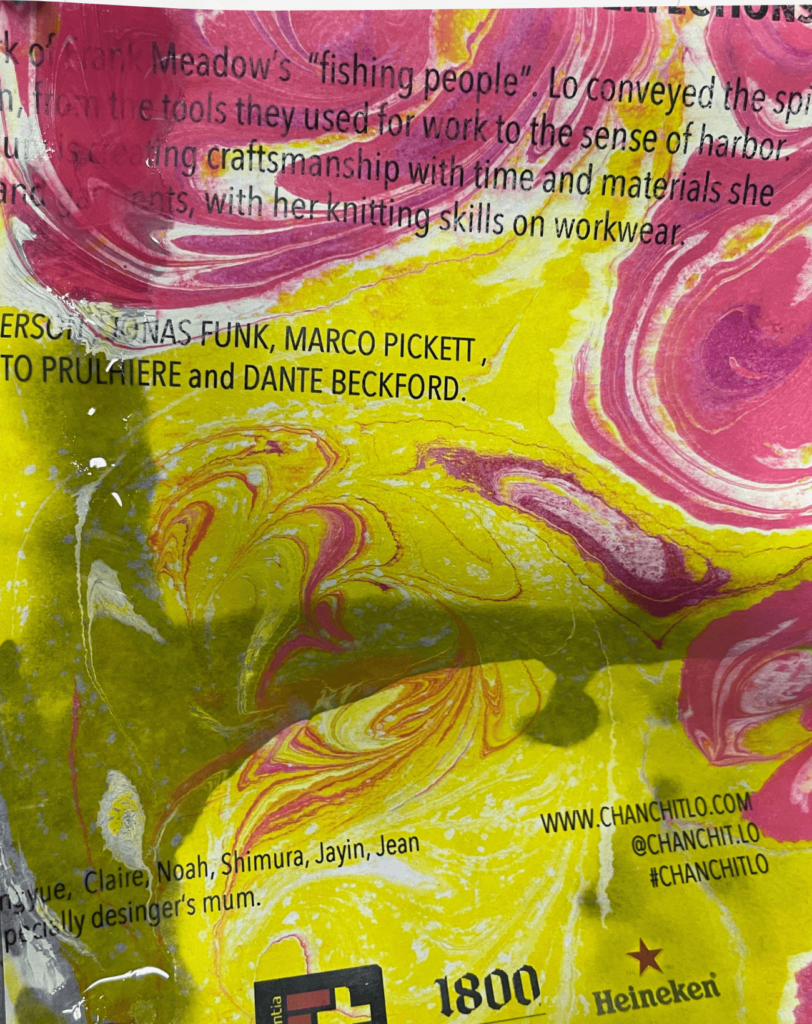
“I took two textile arts classes so far this summer at the Textile Arts Center in Brooklyn in preparation for my new Textile Arts class, which will be offered to ninth and tenth graders,” Laura Coppola said. “The first class was Fabric Marbling, where we learned how to create the liquid solution which allows paint to float on its surface and adhere to fabric (or paper) in beautiful and unexpected patterns.”
“I also took a class called Bundle Dying where we learned how to use materials like camomile, roses, turmeric, calendula, and other flowers to dye and pattern fabrics,” she added. “I’ll be taking a third class, where I’ll learn more about block printing on fabrics.”
“Right now, I’m planning on teaching my students these techniques (plus fabric painting and image transfer) as well as embroidery and weaving, which I’ve loved doing for years. I’d love to see students layer some of these techniques and, for example, choose a fabric printing technique they like best after sampling them all, and embroider on top of their printed fabric.”
Susie Brandmeyer
Lower School Head Teacher 1 A
Susie Brandmeyer took the virtual Comprehensive Orton Gillingham Plus five-day course over the summer. “It encompassed teaching phonological skills, phonics/word recognition, spelling, writing, fluency, vocabulary, and comprehension,” Brandmeyer said. “The course provided me with information I can take directly into the classroom and I will be able to access books, lessons, and support throughout the school year. First grade is such an important year in terms of reading comprehension, I am so fortunate to have the opportunity to access the most current research and effective methodology that I can incorporate immediately into my classroom.”
Inha Yang
Lower School Head Teacher, Grade 2
Inha Yang took a virtual course, Talking About Race with Children, from the Bank Street School for Children. The course was taught by Chaylor Clark, who teaches at Bank Street. Yang said, “Race is a part of identity and I want my students to embrace their identity (not just race) from day 1. When students feel good about themselves, teaching and learning is much easier.” She added, “My greatest takeaway is a quote that the teacher shared: ‘It is our job as educators to not just teach skills, but also to teach students to know, validate, and celebrate who they are.’” — Dr. Gholdy Muhammad, Cultivating Genius.
Amy Richards
Middle and Upper School World Languages
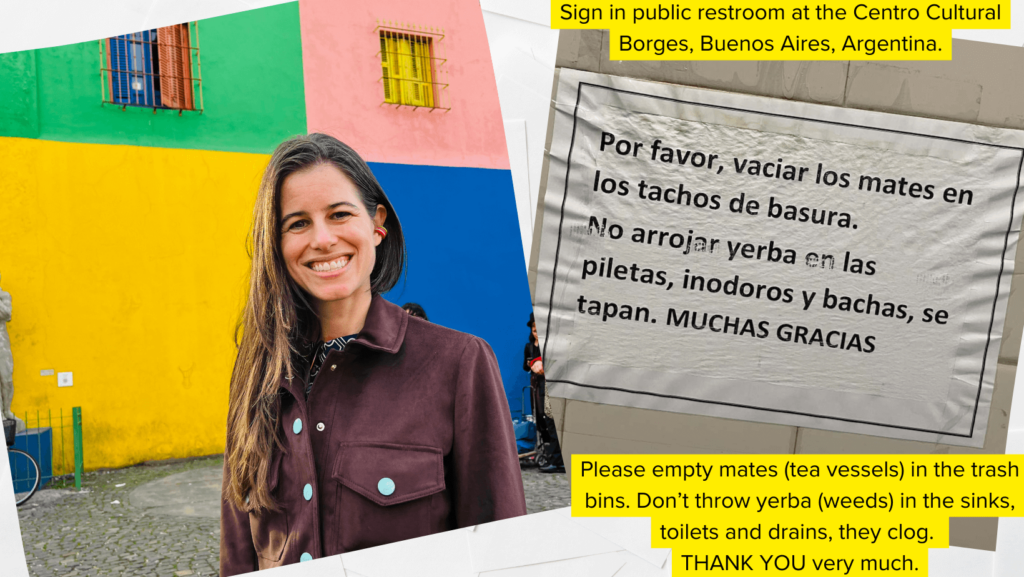
Amy Richards spent two weeks in Buenos Aires, Argentina and Montevideo, Uruguay, where she “studied the local use of ‘vos’ in the Spanish second-person singular, as well as Lunfardo, an interlanguage of the Italian dialects and Spanish spoken by immigrants to Buenos Aires and Montevideo.”
“I was delighted by the singularly Argentinian nature of this sign [see photo],” Richards said. “In very few other places in the Spanish-speaking world would it have been relevant or understood. The nouns mates, tachos, yerba, piletas, and bachas are particular to Argentina and Uruguay, and the sign’s entreaty refers to the practice of carrying and drinking mate (a loose leaf tea) wherever one goes. Tacho and bacha are technically Lunfardo words.”
“The sign was a reminder that language should never be detached from culture and context,” she explained, “and that language learning should not be centered in memorizing words nor should language teaching rely as heavily on vocabulary lists as it has historically.”
How will she share this experience with her Middle School students? “With our Unidad [Middle School club] Middle Schoolers, we examine the similarities and differences in cultural practices, foods, dance, and traditions that characterize the parts of Latin America with which our students identify,” she said. “This year, I hope to include language diversity in our conversations and explorations of identity.”
“With my Upper School Spanish learners,” Richards continued, “I will continue to ground my classes in the cultural contexts that are both local to New York’s Spanish speakers and reach as far south as Patagonia’s. I will incorporate comparisons between both English, other romance, and indigenous languages, while giving students the opportunity to explore the histories of colonization and immigration that impact the Spanish language.”
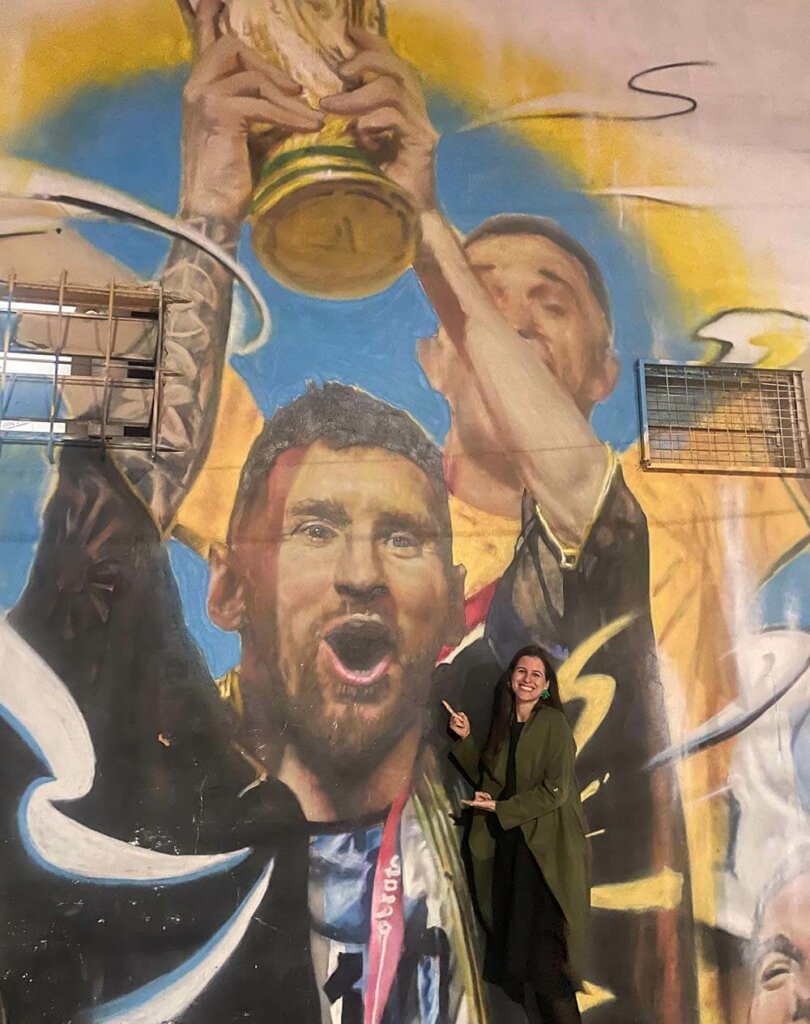
Kent Leeklymenko
World Languages
Another World Languages teacher, Kent Leeklymenko, prepared for teaching an Introduction to Japanese class at Poly through his summer professional development activity, which was a two-week trip to Japan including Kyoto, Nara, Osaka, Hida Mountains, Kamakura, and Tokyo.“ My biggest takeaway was significantly improving my Japanese language skills and learning a large amount of cultural and historical information,” Leeklymenko said. “I will use this experience to enrich and inform my Introduction to Japanese class.”
